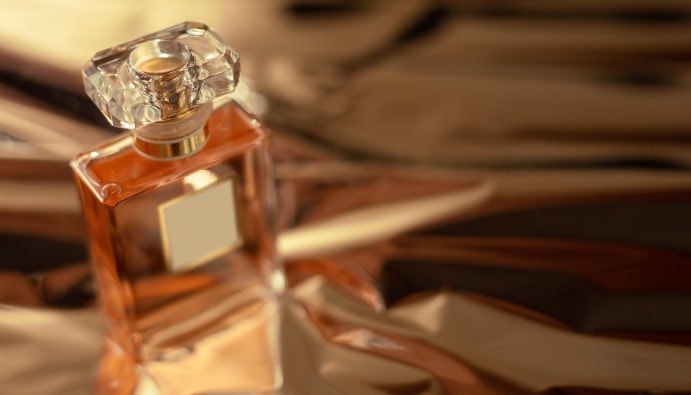Phenoxyethanol in Cosmetics: Safety and Quality Analysis
Presence of Phenoxyethanol in Cosmetic Products...

What is Phenoxyethanol?
Phenoxyethanol is a compound derived from phenol and ethylene glycol and is commonly known for its antibacterial and antifungal properties. These properties make it suitable for use in cosmetic products, especially skin care products and make-up. It is also preferred in many products such as shampoos, lotions, creams to inhibit the growth of microorganisms.
What are the Uses of Phenoxyethanol in Cosmetic Products?
Phenoxyethanol is used as a preservative in many cosmetic and personal care products. The main areas of use are as follows:
- Skin care products: Face cream, body lotions, cleansers.
- Makeup products: Foundation, lipsticks, eye shadows.
- Shampoos and shower gels: Providing microbial control in hair and body cleansing products.
- Other cosmetic products: Deodorants, aftershaves and baby products.
Safety Concerns of Phenoxyethanol:
Phenoxyethanol has the potential to cause skin irritation and allergic reactions. In addition, some studies indicate that phenoxyethanol may have neurotoxic effects when used in high amounts. Due to the risk oftoxicity at high doses, its concentration in cosmetic products should be limited.
- Skin reactions: Allergic reactions, itching and redness may occur.
- Eye irritation: Eye contact may cause discomfort and irritation.
- Restrictions on use: In some countries, the use of phenoxyethanol in cosmetic products cannot exceed a certain level. For example, in the European Union, the maximum use of phenoxyethanol in cosmetic products is generally limited to 1%.
Phenoxyethanol Determination Methods
Accurate quantification of phenoxyethanol in cosmetic products is important to guarantee product safety and efficacy. Phenoxyethanol determination is performed to verify the content of products and to comply with legal regulations.
- Gas Chromatography (GC): Gas chromatography (GC) is a widely used method to accurately analyze phenoxyethanol. This method allows the separation and identification of volatile compounds. Phenoxyethanol can be measured with high precision using this method.
- High Performance Liquid Chromatography (HPLC): HPLC is a highly effective technique for liquid-based analysis. It can also be used for the separation and determination of phenoxyethanol. This method is particularly suitable for the separation of compounds with different solubility characteristics.
- UV-VIS Spectrophotometry: UV-VIS spectrophotometry allows the determination of phenoxyethanol by measuring the absorption of light at a specific wavelength. This method may be preferred for lower sensitivity requirements.
- Titration Methods: Some laboratories may also use titration methods for the determination of phenoxyethanol. However, this method is generally less sensitive and is used in combination with other analytical methods.
Phenoxyethanol Content: Regulations and Limits
Many countries have specific regulations on the use of phenoxyethanol in cosmetic products. For example:
- European Union (EU): The EU generally limits the use of phenoxyethanol in cosmetic products to 1%. This limit aims to prevent adverse skin reactions.
- United States of America (USA): The FDA approves the use of phenoxyethanol in cosmetics, but subject to certain safety limits and labeling requirements.
- Canada and Japan: Similarly, Canada and Japan have restricted the use of phenoxyethanol in cosmetics and subjected it to certain limits.
Nanolab Laboratories Group continues to provide services within the scope of Phenoxyethanol Determination in Cosmetic Products. We also provide services in SLS - SLES Analysis.
Contact us for more information.
You can follow us on LinkedIn for up-to-date news and posts about our services.
Follow our Instagram account to be informed about our latest blog posts.

